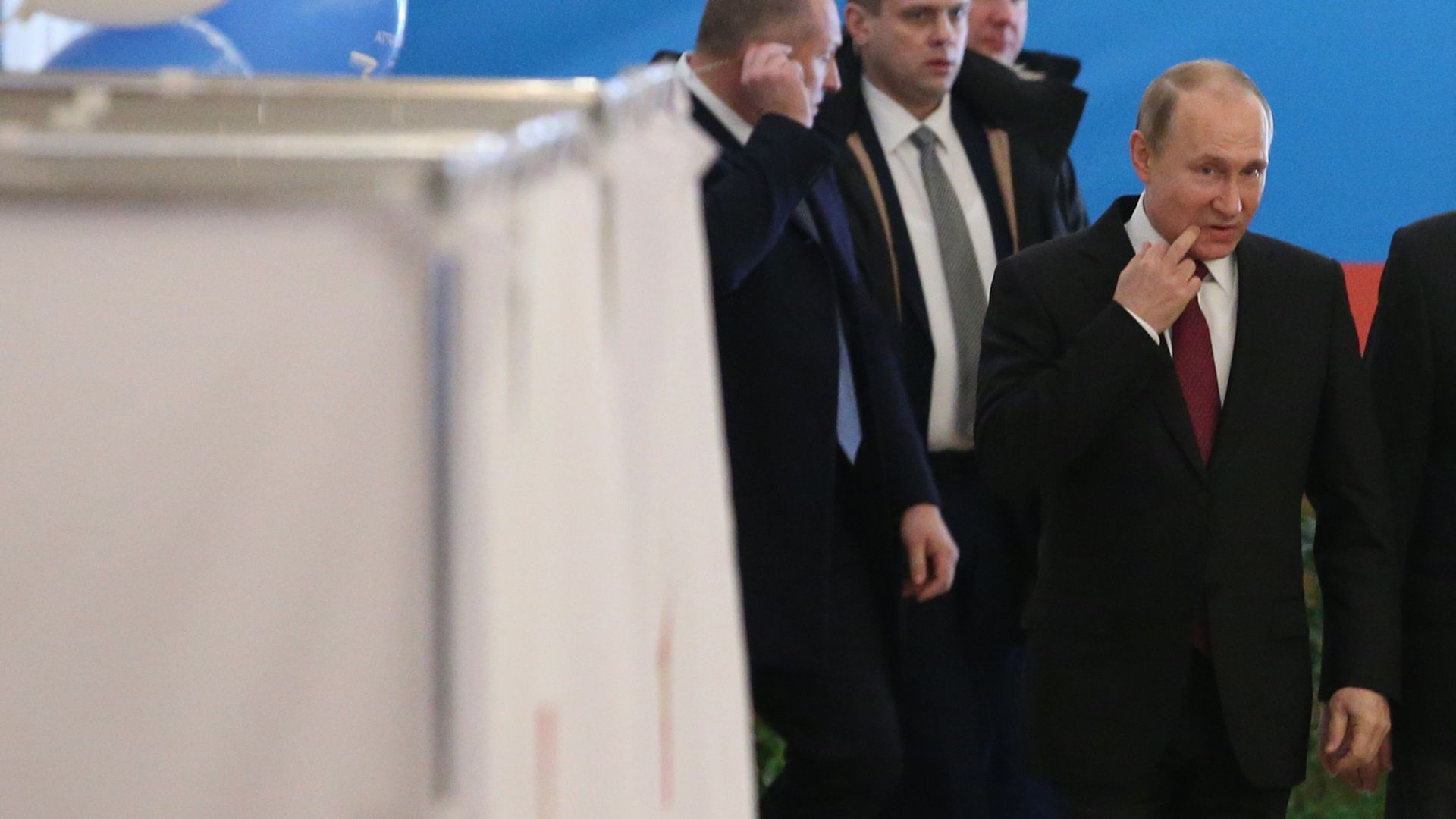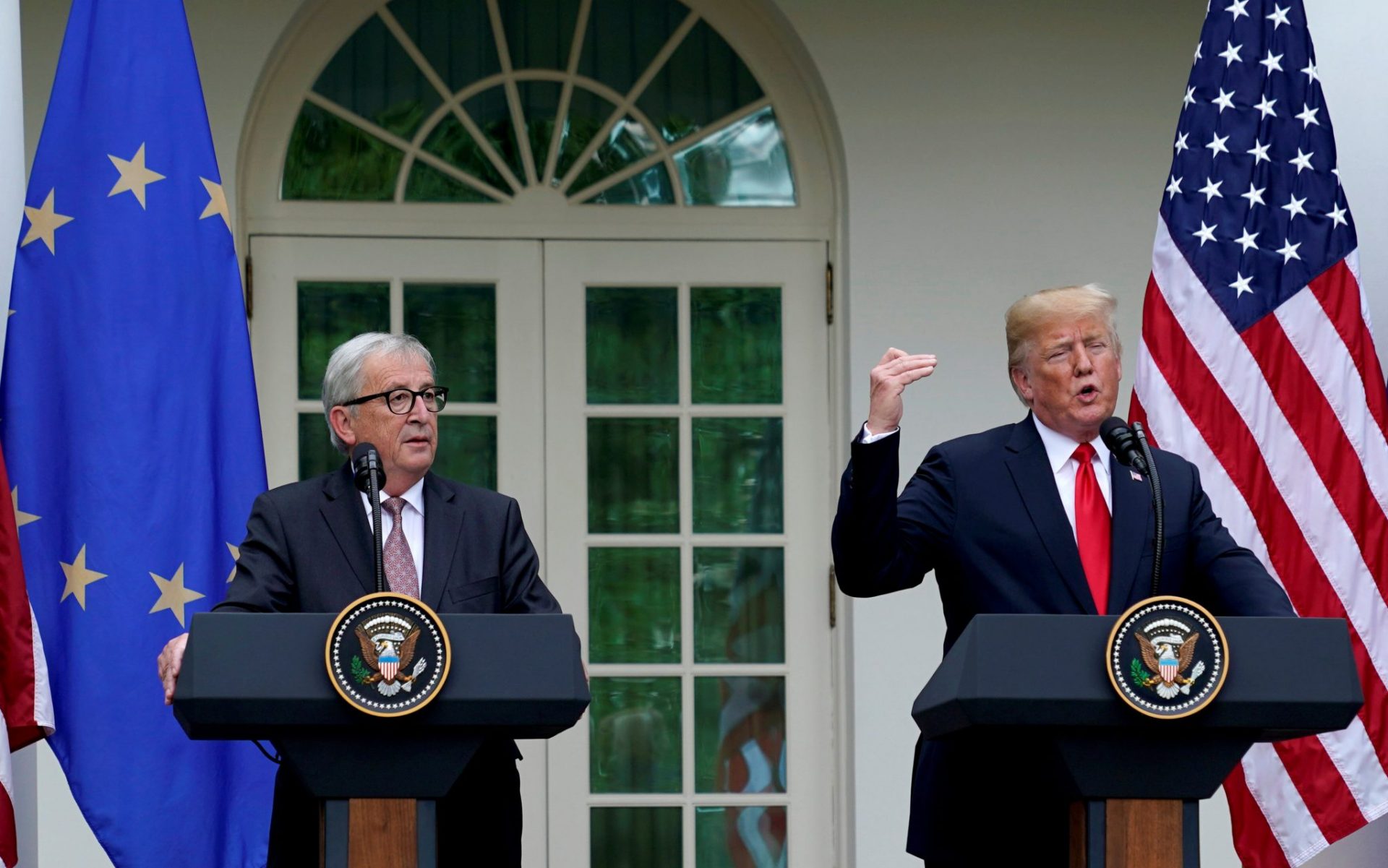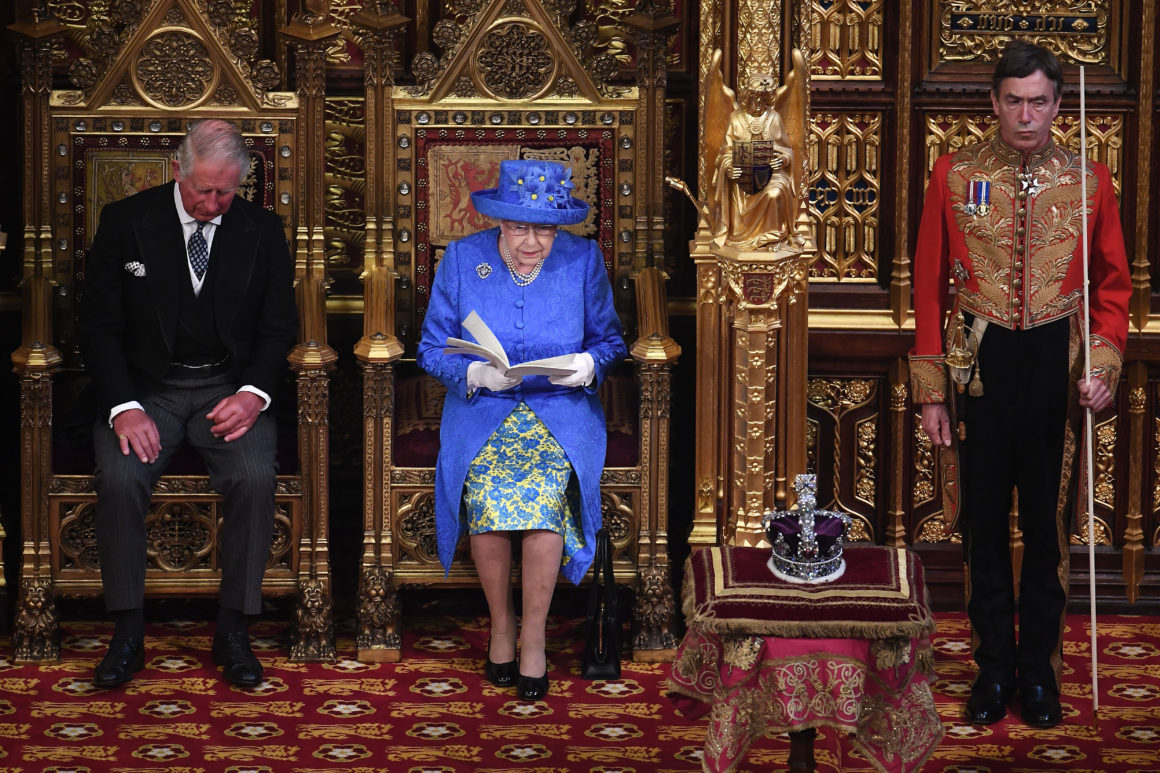
[authorbox authorid=”42″ title=”The Author”]
The results of yesterday’s voting for Russian Presidential elections hardly came as a surprise for anybody. Former President Vladimir Putin was re-elected to his fourth term with an overwhelming majority, more than 76%. The second and third place were won respectively by the Communist Party’s candidate Pavel Grudinin, who conquered 12.4% of the votes, and by the leader of the Liberal-Democratic Party Vladimir Zhirinovsky (6%), while nobody of the candidates of the liberal opposition obtained a significant result.
Two data were particularly relevant. The first one is of course Putin’s personal consensus, which has increased consistently with respect to previous Presidential elections (it amounted to 64% in 2012, to 72% in 2004 and to 53% in 2000). The second datum to be analysed in depth is turnout rate. Indeed, what made this Presidential campaign different from previous ones was the fact that the concern over participation to the vote was even higher than concern over Putin’s consensus itself, which resulted in manifold efforts by the Kremlin to convince people to come to the polls.
Although these efforts were not made explicit in any declaration from the Presidential Administration, they resulted evident, on the one hand, from the massive campaign for participation to the vote carried out by the Central Electoral Committee and its President Ella Pamfilova and, on the other hand, from the wide range of candidates admitted to the Presidential run, several of which were considered to be Kremlin’s “spoilers”, put forward with the sole objective of increasing the percentage of voters.
The turnout dilemma reflects a raising concern about the possibility for Russia to present itself as a “regular” democracy on the international scene, and, consequently, to normalise relations with the West, which are becoming more and more complicated after the accuses of murdering a former Russian spy in UK territory. The legitimacy of these elections had already been questioned by part of the opposition, which had called for a general boycott of the vote.
In particular, opposition leader Aleksey Nalvalny, who had not been allowed to register as a candidate, called on his supporters to abstain from voting, claiming that it was useless to take part in elections so evidently unfree and unfair. Despite the boycott threats, participation in the vote turned out to be rather high: 67.5%, against a 65.3% in 2012.
As in previous elections, several violations were reported in the voting process, despite the presence of electoral observers (on average, 5-6 people per polling station). The results obtained by Putin according to the data published by the Central Electoral Committee and those by the observers differ by more than 5%. According to the latter, in fact, Putin obtained “only” 71% of the votes.
The campaign team of Aleksey Navalny devoted the election day to keep track of the voting process thanks to video cameras placed at polling stations, and published a series of registrations showing tens of cases of ballot stuffing in several regions. Some of those violations were also admitted by the authorities, like the massive ballot stuffing at the polling station n°= 1480 in the city of Lyubertsy, where the results of the vote were nullified.
However, as reported by the movement “Golos”, there was another system to influence the results of the elections which was much subtler and much more effective: coercion to vote. The application of this method was made easier by a new voting system in which employees had to register at a polling station close to their working place and vote under observation. It is a widespread opinion that this way employers manage to put a significant pressure on their employees, influencing their voting preferences, or their decision to vote at all. Another interesting datum is that, while the average turnout was around 67.5% for the Russian population as a whole, it amounted to 98% among the military, a part of the society that traditionally supports Vladimir Putin.
The overwhelming majority won by Putin in these last elections, though, will not make ruling Russia for the next six years an easy job. During his third term, what saved Putin from the widespread discontent caused by deteriorating economic conditions was the annexation of Crimea, which brought the President’s personal consensus back to record levels.
In his fourth term, there won’t be a second Crimea, and even the enthusiasm for the military and diplomatic success in Syria will eventually phase out. Furthermore, what constitutes a great risk for the regime’s stability is the growing disunity in the coalition supporting it. The ruling élite in Russia is seeing a growing level of conflict and competitiveness among its members. If Putin ceases to play the role of a super-partes grantor of the wealth of these élites, it will become increasingly difficult for him to control them.




